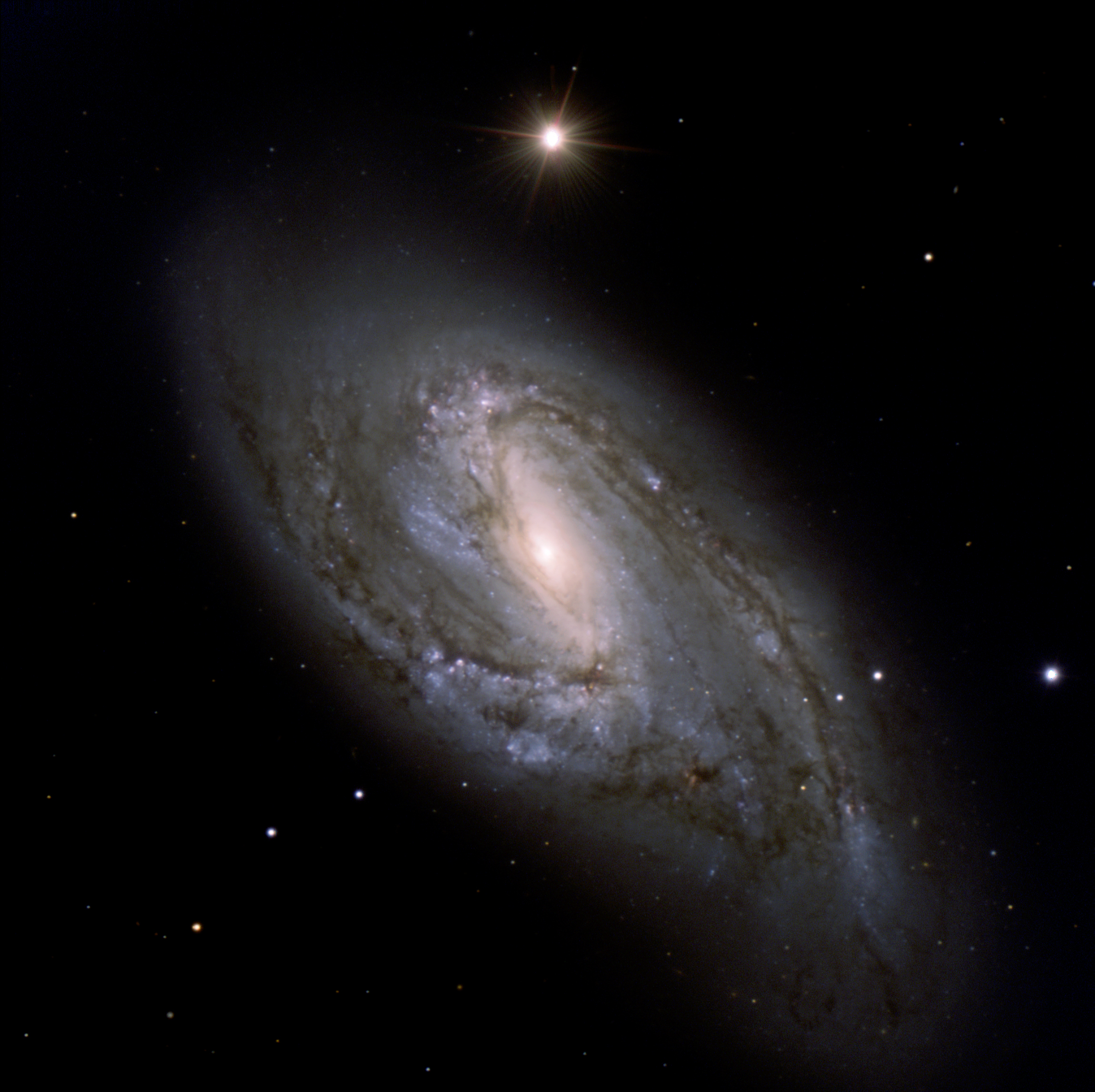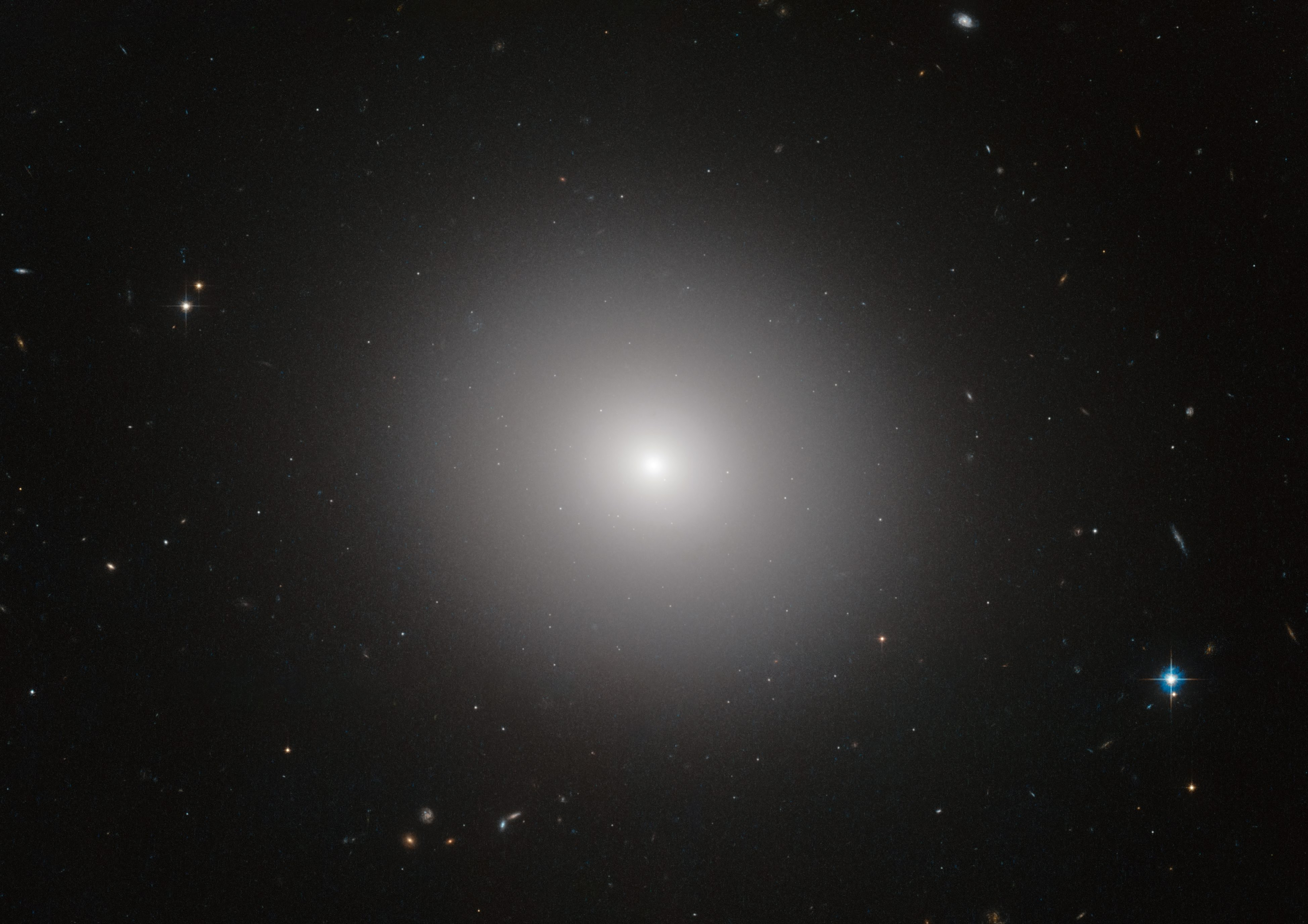|
NGC 3605
NGC 3605 is an elliptical galaxy located in the constellation Leo (constellation), Leo. It was discovered on March 14, 1784, by the astronomer William Herschel. A relatively low-mass galaxy, it is a member of the Leo II Group of galaxies, including NGC 3607 among others. References External links * Leo (constellation) NGC objects, 3605 Elliptical galaxies Principal Galaxies Catalogue objects, 034415 {{elliptical-galaxy-stub ... [...More Info...] [...Related Items...] OR: [Wikipedia] [Google] [Baidu] |
Sloan Digital Sky Survey
The Sloan Digital Sky Survey or SDSS is a major multi-spectral imaging and spectroscopic redshift survey using a dedicated 2.5-m wide-angle optical telescope at Apache Point Observatory in New Mexico, United States. The project began in 2000 and was named after the Alfred P. Sloan Foundation, which contributed significant funding. A consortium of the University of Washington and Princeton University was established to conduct a redshift survey. The Astrophysical Research Consortium (ARC) was established in 1984 with the additional participation of New Mexico State University and Washington State University to manage activities at Apache Point. In 1991 the Sloan Foundation granted the ARC funding for survey efforts and the construction of equipment to carry out the work.. Background At the time of its design, the SDSS was a pioneering combination of novel instrumentation as well as data reduction and storage techniques that drove major advances in astronomical observations, di ... [...More Info...] [...Related Items...] OR: [Wikipedia] [Google] [Baidu] |
J2000
In astronomy, an epoch or reference epoch is a instant, moment in time used as a reference point for some time-varying astronomical quantity. It is useful for the celestial coordinates or orbital elements of a Astronomical object, celestial body, as they are subject to Perturbation (astronomy), perturbations and vary with time. These time-varying astronomical quantities might include, for example, the mean longitude or mean anomaly of a body, the node of its orbit relative to a reference plane, the direction of the apogee or Perihelion and aphelion, aphelion of its orbit, or the size of the major axis of its orbit. The main use of astronomical quantities specified in this way is to calculate other relevant parameters of motion, in order to predict future positions and velocities. The applied tools of the disciplines of celestial mechanics or its subfield orbital mechanics (for predicting orbital paths and positions for bodies in motion under the gravitational effects of other bodi ... [...More Info...] [...Related Items...] OR: [Wikipedia] [Google] [Baidu] |
Leo (constellation)
Leo is one of the constellations of the zodiac, between Cancer (constellation), Cancer the crab to the west and Virgo (constellation), Virgo the maiden to the east. It is located in the Northern celestial hemisphere. Its name is Latin for lion, and to the ancient Greeks represented the Nemean Lion killed by the mythical Greek hero Heracles meaning 'Glory of Hera' (known to the ancient Romans as Hercules) as one of his Twelve Labours, twelve labors. Its old astronomical symbol is (♌︎). One of the 48 constellations described by the 2nd-century astronomer Ptolemy, Leo remains one of the 88 modern constellations today, and one of the most easily recognizable due to its many bright stars and a distinctive shape that is reminiscent of the crouching lion it depicts. The lion's mane and shoulders also form an asterism (astronomy), asterism known as "The Sickle," which to modern observers may resemble a backwards "question mark." Features Stars Leo contains many bright stars, many ... [...More Info...] [...Related Items...] OR: [Wikipedia] [Google] [Baidu] |
Elliptical Galaxy
An elliptical galaxy is a type of galaxy with an approximately ellipsoidal shape and a smooth, nearly featureless image. They are one of the four main classes of galaxy described by Edwin Hubble in his Hubble sequence and 1936 work ''The Realm of the Nebulae'', with their intermediate scale disks, a subset of the "early-type" galaxy population. Most elliptical galaxies are composed of older, low-mass stars, with a sparse interstellar medium and minimal star formation activity, and they tend to be surrounded by large numbers of globular clusters. Elliptical galaxies are believed to make up approximately 10–15% of galaxies in the Virgo Supercluster, and they are not the dominant type of galaxy in the universe overall. They are preferentially found close to the centers of galaxy clusters. Elliptical galaxies range in size from dwarf ellipticals with tens of millions of stars, to supergiants of over one hundred trillion stars that dominate their galaxy clusters. Original ... [...More Info...] [...Related Items...] OR: [Wikipedia] [Google] [Baidu] |
Constellation
A constellation is an area on the celestial sphere in which a group of visible stars forms Asterism (astronomy), a perceived pattern or outline, typically representing an animal, mythological subject, or inanimate object. The origins of the earliest constellations likely go back to prehistory. People used them to relate stories of their beliefs, experiences, creation myth, creation, or mythology. Different cultures and countries adopted their own constellations, some of which lasted into the early 20th century before today's constellations were internationally recognized. The recognition of constellations has changed significantly over time. Many changed in size or shape. Some became popular, only to drop into obscurity. Some were limited to a single culture or nation. The 48 traditional Western constellations are Greek. They are given in Aratus' work ''Phenomena'' and Ptolemy's ''Almagest'', though their origin probably predates these works by several centuries. Constellation ... [...More Info...] [...Related Items...] OR: [Wikipedia] [Google] [Baidu] |
William Herschel
Frederick William Herschel (; german: Friedrich Wilhelm Herschel; 15 November 1738 – 25 August 1822) was a German-born British astronomer and composer. He frequently collaborated with his younger sister and fellow astronomer Caroline Herschel (1750–1848). Born in the Electorate of Hanover, William Herschel followed his father into the military band of Hanover, before emigrating to Great Britain in 1757 at the age of nineteen. Herschel constructed his first large telescope in 1774, after which he spent nine years carrying out sky surveys to investigate double stars. Herschel published catalogues of nebulae in 1802 (2,500 objects) and in 1820 (5,000 objects). The resolving power of the Herschel telescopes revealed that many objects called nebulae in the Messier catalogue were actually clusters of stars. On 13 March 1781 while making observations he made note of a new object in the constellation of Gemini. This would, after several weeks of verification and consultation ... [...More Info...] [...Related Items...] OR: [Wikipedia] [Google] [Baidu] |
Leo II Group
The Leo II Groups, or Leo II Cloud, are a series of at least 110 galactic clusters and individual galaxies stretching approximately 30 Mly (9.2 Mpc) off the right edge of the Virgo Supercluster. It is located approximately 65 Mly (20 Mpc) to 95 Mly (29 Mpc) from the Solar System, at a right ascension of to . These clusters include: *NGC 3166 Group ** AGC 208443 ** AGC 208444 **AGC 208457 **AGC 208535 ** AGC 208537 **NGC 3156 ** NGC 3165 ** NGC 3166 ** NGC 3169 *NGC 3190 Group **NGC 3162 **NGC 3177 **NGC 3185 ** NGC 3187 ** NGC 3190 **NGC 3193 **UGC 5574 *NGC 3227 Group **NGC 3213 **NGC 3226 **NGC 3227 **UGC 5675 *NGC 3254 Group **NGC 3245A **NGC 3245 ** NGC 3254 ** NGC 3265 **NGC 3277 *NGC 3338 Group ** NGC 3338 **NGC 3346 ** NGC 3389 **UGC 5832 *NGC 3370 Group ** NGC 3370 ** NGC 3443 **NGC 3447 ** NGC 3447A ** NGC 3454 **NGC 3455 **NGC 3457 ** UGC 5945 * NGC 3396 Group ** IC 2604 **NGC 3381 ** NGC 3395 ** NGC 3396 **NGC 3424 ** NGC 3430 ** NGC 3442 *NGC 3504 Group ** NGC 3380 * ... [...More Info...] [...Related Items...] OR: [Wikipedia] [Google] [Baidu] |
NGC 3607
NGC 3607 is a small but fairly bright lenticular galaxy in the equatorial constellation of Leo, about 2.5° south of the prominent star Delta Leonis. The galaxy was discovered March 14, 1784 by William Herschel. Dreyer described it as "very bright, large, round, very much brighter middle, 2nd of 3". It is located at a distance of 73 million light years and is receding with a radial velocity of 930 km/s. The galaxy lies southwest of NGC 3626 at an angular separation of . It occupies the center of the Leo II Group of galaxies, forming one of its two brightest members – the other being NGC 3608. It is a member of the NGC 3607 Group of galaxies, which is a member of the Leo II Groups, a series of galaxies and galaxy clusters strung out from the right edge of the Virgo Supercluster. The morphological class of NGC 3607 is SA(s)0*, matching a lenticular galaxy (SA0) with no inner ring structure (s). It is an intermediate mass galaxy that is being viewed at an inclinati ... [...More Info...] [...Related Items...] OR: [Wikipedia] [Google] [Baidu] |
NGC Objects
The ''New General Catalogue of Nebulae and Clusters of Stars'' (abbreviated NGC) is an astronomical catalogue of deep-sky objects compiled by John Louis Emil Dreyer in 1888. The NGC contains 7,840 objects, including galaxies, star clusters and emission nebulae. Dreyer published two supplements to the NGC in 1895 and 1908, known as the ''Index Catalogues'' (abbreviated IC), describing a further 5,386 astronomical objects. Thousands of these objects are best known by their NGC or IC numbers, which remain in widespread use. The NGC expanded and consolidated the cataloguing work of William and Caroline Herschel, and John Herschel's ''General Catalogue of Nebulae and Clusters of Stars''. Objects south of the celestial equator are catalogued somewhat less thoroughly, but many were included based on observation by John Herschel or James Dunlop. The NGC contained multiple errors, but attempts to eliminate them were made by the ''Revised New General Catalogue'' (RNGC) by Jack W. Sulenti ... [...More Info...] [...Related Items...] OR: [Wikipedia] [Google] [Baidu] |
Elliptical Galaxies
An elliptical galaxy is a type of galaxy with an approximately ellipsoidal shape and a smooth, nearly featureless image. They are one of the four main classes of galaxy described by Edwin Hubble in his Hubble sequence and 1936 work ''The Realm of the Nebulae'', with their intermediate scale disks, a subset of the "early-type" galaxy population. Most elliptical galaxies are composed of older, low-mass stars, with a sparse interstellar medium and minimal star formation activity, and they tend to be surrounded by large numbers of globular clusters. Elliptical galaxies are believed to make up approximately 10–15% of galaxies in the Virgo Supercluster, and they are not the dominant type of galaxy in the universe overall. They are preferentially found close to the centers of galaxy clusters. Elliptical galaxies range in size from dwarf ellipticals with tens of millions of stars, to supergiants of over one hundred trillion stars that dominate their galaxy clusters. Originally, Ed ... [...More Info...] [...Related Items...] OR: [Wikipedia] [Google] [Baidu] |







